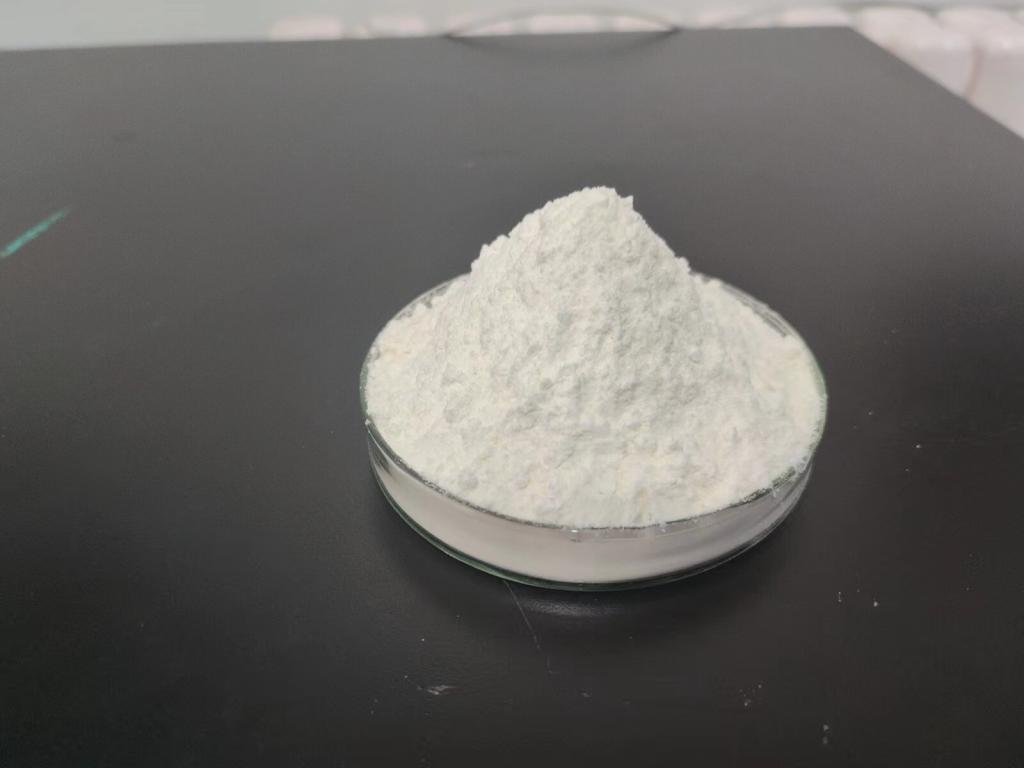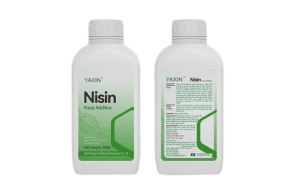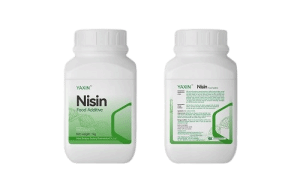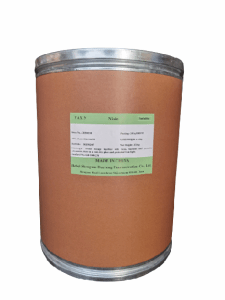Tel:+8618231198596

News
 CONTACT
CONTACT
 CONTACT
CONTACT
- Linkman:Linda Yao
- Tel: +8618231198596
- Email:linda.yao@dcpharma.cn
- Linkman:CHARLES.WANG
- Department:Overseas
- Tel: 0086 0311-85537378 0086 0311-85539701
News
Exploring the potential of ε-Polylysine hydrochloride in the preservation of spice blends.
TIME:2024-10-10
Introduction:
Spice blends, such as curry powder, garam masala, and chili powder, are widely used in households and the food service industry. These blends often contain a mixture of ground or whole spices, which can be vulnerable to microbial growth due to their high moisture content, nutrient richness, and exposure to environmental contaminants. Traditional preservation methods, such as heat treatment and the use of chemical preservatives, have limitations, including the potential for thermal degradation of flavors and consumer concerns about synthetic additives. ε-Polylysine hydrochloride, a naturally derived antimicrobial, offers a promising alternative for enhancing the microbial stability of spice blends.
ε-Polylysine Hydrochloride: Properties and Mechanism of Action:
ε-Polylysine hydrochloride is a cationic homopolymer of L-lysine, produced by certain strains of Streptomyces albulus through fermentation. It is effective against a broad spectrum of microorganisms, including Gram-positive and some Gram-negative bacteria, yeasts, and molds. The primary mechanisms of action of ε-PL include:
Membrane Disruption:
ε-PL interacts with the negatively charged phospholipids in the cell membranes of microorganisms, leading to membrane disruption and leakage of intracellular contents, ultimately causing cell death.
Inhibition of Protein Synthesis:
ε-PL can also inhibit the synthesis of essential proteins within the microbial cells, further compromising their viability.
Antifungal Activity:
ε-PL exhibits strong antifungal properties, making it particularly effective against yeasts and molds, which are common contaminants in spice blends.
Application in Spice Blends:
The incorporation of ε-PL into spice blends offers several advantages and potential applications:
Enhanced Microbial Stability:
ε-PL can be added to spice blends to control the growth of spoilage and pathogenic microorganisms, thereby extending the shelf life and ensuring product safety. Studies have shown that ε-PL effectively reduces the viable counts of bacteria, yeasts, and molds in various types of spice blends.
Synergy with Other Preservatives:
ε-PL can be used in combination with other natural preservatives, such as organic acids (e.g., acetic acid, lactic acid), essential oils, and other antimicrobial peptides. These combinations can exhibit synergistic effects, enhancing the overall antimicrobial activity and allowing for lower concentrations of each component.
Minimal Impact on Sensory Attributes:
When used at appropriate levels, ε-PL does not significantly alter the taste, color, or aroma of spice blends. This makes it a suitable preservative for maintaining the sensory quality and consumer acceptability of the product.
Thermal Processing Compatibility:
ε-PL is heat-stable and can withstand the thermal processing conditions typically used in the production of spice blends, such as drying and pasteurization. This stability ensures that ε-PL remains effective throughout the processing and storage of the product.
Challenges and Considerations:
While ε-PL holds great promise for enhancing the preservation of spice blends, several challenges and considerations must be addressed:
Regulatory Approval:
The use of ε-PL in food products, including spice blends, is subject to regulatory approval. In many countries, ε-PL is approved for use, but specific guidelines and maximum allowable concentrations may vary. Ensuring compliance with local regulations is crucial for commercial application.
Optimal Concentration and pH:
The effectiveness of ε-PL is influenced by factors such as concentration, pH, and the presence of other ingredients. Optimal conditions must be determined for each specific spice blend to achieve the desired antimicrobial effect without compromising the product's quality.
Resistance Development:
Although rare, the potential for microbial resistance to ε-PL exists. Monitoring and managing resistance development, possibly through the use of ε-PL in combination with other antimicrobial agents, is important to maintain long-term efficacy.
Cost and Scalability:
The cost of producing and incorporating ε-PL into spice blends must be economically viable. Advances in fermentation technology and large-scale production methods can help to reduce costs and make ε-PL a more accessible solution.
Consumer Perception:
Consumer acceptance of ε-PL as a natural preservative in spice blends is critical. Educating consumers about the benefits and safety of ε-PL, and addressing any misconceptions, will be important for market adoption.
Conclusion:
ε-Polylysine hydrochloride represents a promising and natural approach to enhancing the microbial stability and overall quality of spice blends. Its broad-spectrum antimicrobial activity, compatibility with existing processing methods, and minimal impact on sensory attributes make it an attractive option for the food industry. As research continues to advance our understanding of ε-PL's potential, it is likely to play an increasingly important role in ensuring the safety, quality, and shelf life of spice blends. Future work should focus on optimizing ε-PL formulations, addressing regulatory and economic considerations, and exploring its integration into a broader range of spice blend products.
- Tel:+8618231198596
- Whatsapp:18231198596
- Chat With Skype







